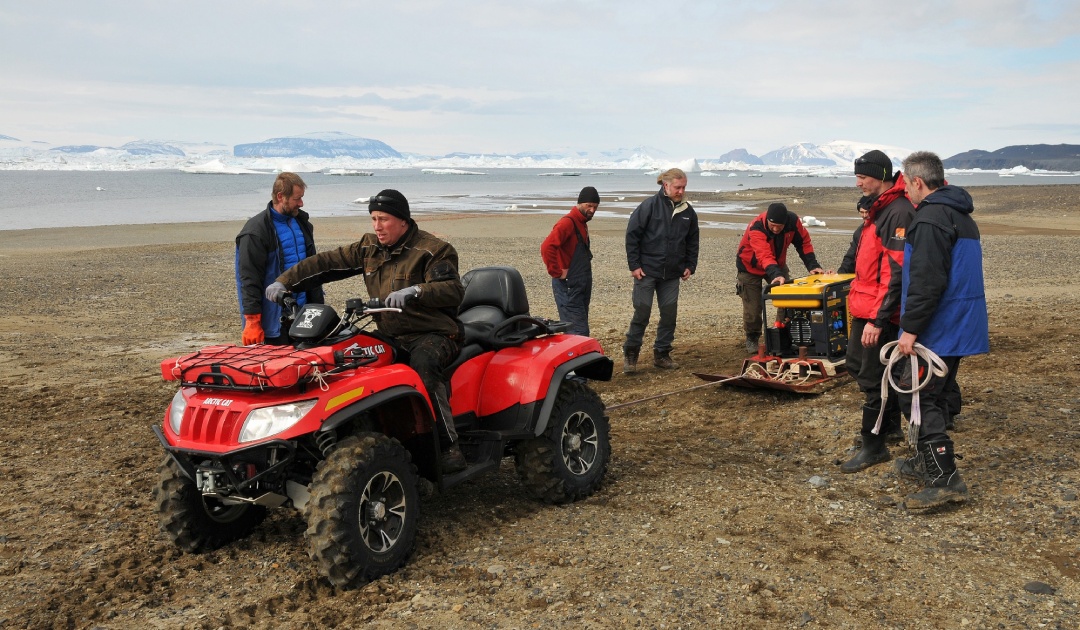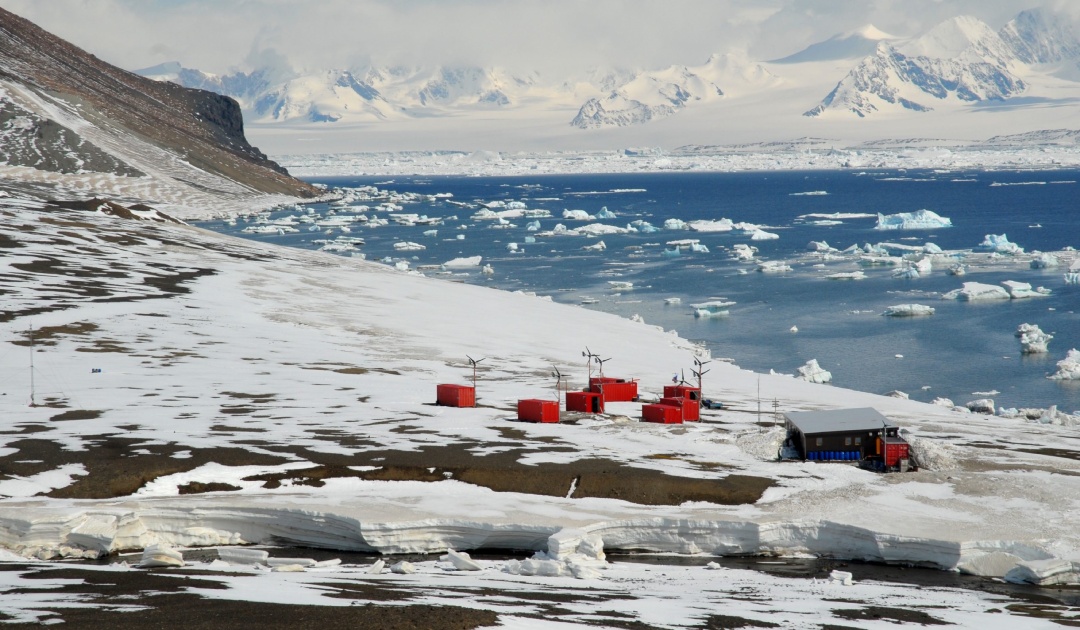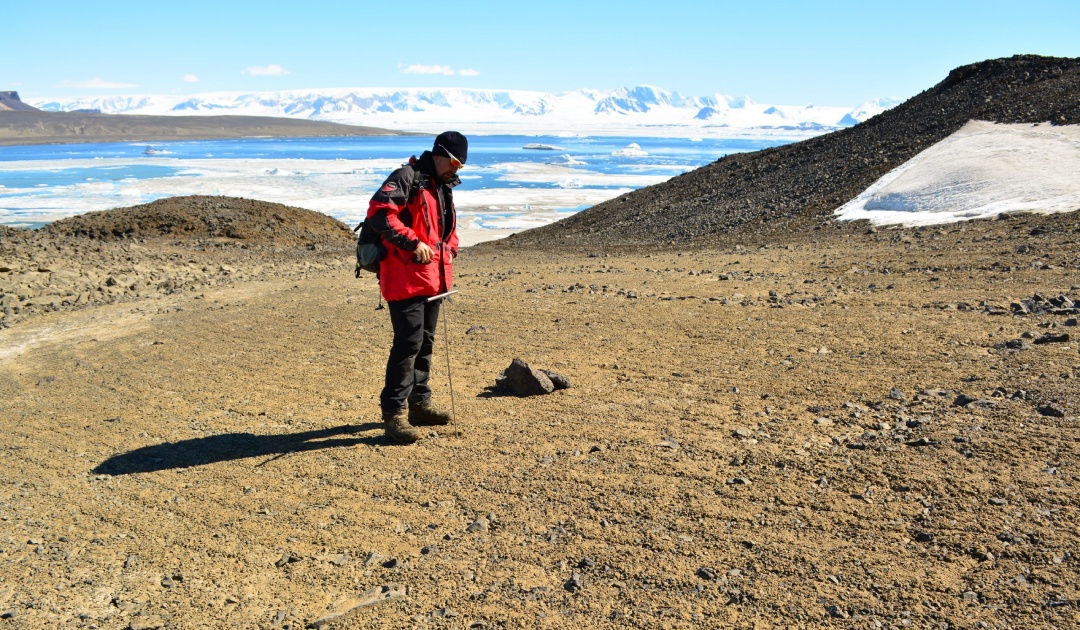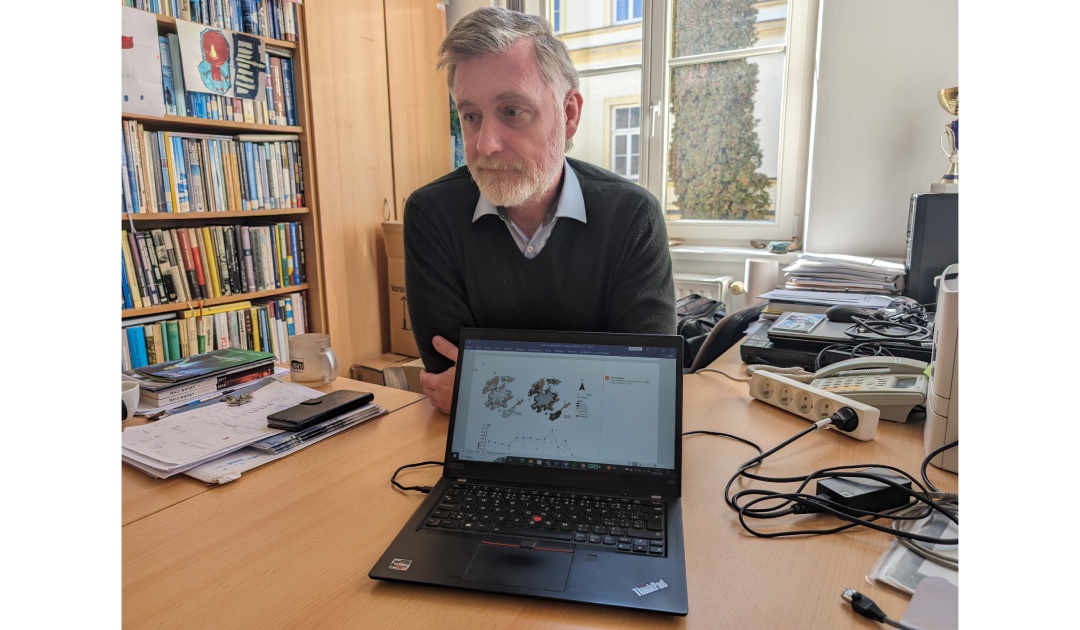
Since 2007, the Czech Antarctic Programme has made a number of discoveries on Antarctica. Below Daniel Nývelt, head of the programme, describes three of the most important ones.
On the continent of Antarctica, there are around 70 research stations operated by 29 different countries. They vary in size but each one of them are contributing, in their own way, to the corpus of scientific knowledge.
But with that many stations in operation what, then, does a single station matter? Are there enough discoveries to be made in that desolate and freezing continent to warrant all these bases?
When looking at the case of the Czech Antarctic base Mendel Polar Station, the answer would seem to be a resounding yes.
“We have made many individual discoveries, but our most important achievement is the continuous monitoring of the Antarctic environment,” Daniel Nývelt, Head of the Czech Antarctic Programme, told Polar Journal.
“This provides data to the Antarctic community, and since we have the only station on James Ross Island it adds a piece to the puzzle of the entire continent,” he said.

Three important discoveries
At the Mendel Polar Station, various types of scientists conduct research: paleoclimatologist, paleontologists, climatologists, and glaciologists to name just a few.
And even though the individual discoveries are secondary, Daniel Nývelt agrees to name a few that he is proud of.
1. The fossils of sponges
Scattered around James Ross Island, where the Mendel Station is located, many strange fossils can be found. For a long time, before the Czechs came to the island, these fossils had been known but identified incorrectly.
Some of the fossils were stored in an archive of the British Antarctic Survey, so before starting field work on the island, one Czech paleontologist went to study them.
“Sponges are very ugly organisms which are very opportunistic and do not change over time, and when this guy discovered these ugly fossils in the archive he went and asked: ‘What the hell is that?’”
The British geologists did not know what they were, but Radek, who was a specialist in sponges, recognized them immediately.
And just like that, the first sponges on Antarctica were officially discovered in a British archive. Soon, when he went to James Ross Island himself, the Czech paleontologist found hundreds of others.
This provided an invaluable glimpse into what Antarctica was like millions of years ago when the planet was warmer, and more species were able to live on the continent.




2. Glacial water caused local cooling
The second discovery Daniel Nývelt mentions started as a mystery.
When the Czechs went to James Ross Island, they noticed that some local glaciers were increasing in size. This phenomenon, which mainly took place between 2009 and 2015, would seem to contradict global warming.
But, the Czech researchers, along with British and Spanish researchers, helped discover a particular reason that it did not.
“For a short period of time before 2009, the melting of the Antarctic ice sheet produced a lot of fresh water. This fresh water freezes at a higher temperature and so it creates a lid on the salty ocean, which caused it to freeze earlier and expand more,” Daniel Nývelt explained.
The expanding sea ice, in turn, caused the atmosphere above Antarctica to be colder and the local glaciers to expand. However, in 2016 came a particularly warm year, and the cooling was again reversed, making the Antarctic warming correspond to the one observed in the Arctic.
But the discovery remains important; it shows why short-term cooling events can be consistent with a long-term warming of the planet.

3. Extremely high loss of local glaciers
The third discovery is new, and as yet unpublished.
The Czech team has noted a particularly high loss of ice from glaciers at James Ross Island. This loss started in 2016, then accelerated in 2019, before, in 2022, a loss of more than two meters of ice was registered; more than five times as much as previous years.
“We know this kind of loss from Svalbard and the Arctic where it happened 15 years ago but we never thought it would happen so soon in Antarctica,” Daniel Nývelt said.
The rapid increase in glacial melt also means a decrease of albedo, a term describing the amount of sunlight reflected from the surface of the Earth. This, again, will lead to more warming of the Antarctic continent.
“When we started at James Ross Island 15 years ago, our first paper predicted that the glaciers would survive for 150 to 200 years. But with the new data, they will only last 30 years. This is a very rapid change, and it may get even worse,” Daniel Nývelt said.


Past, present, future
The three examples above show just some of the many discoveries that were made at the Mendel Polar Station. And although some of these truths are inconvenient, they are vital in helping humanity understand the coming changes to the climate.
Moreover, they highlight the wide variety of work being done at just a single Antarctic station.
“These discoveries show how we work both with shedding light on the past, on observing and measuring the present, and on predicting future changes,” Daniel Nývelt said.
Ole Ellekrog, PolarJournal
More on the subject





